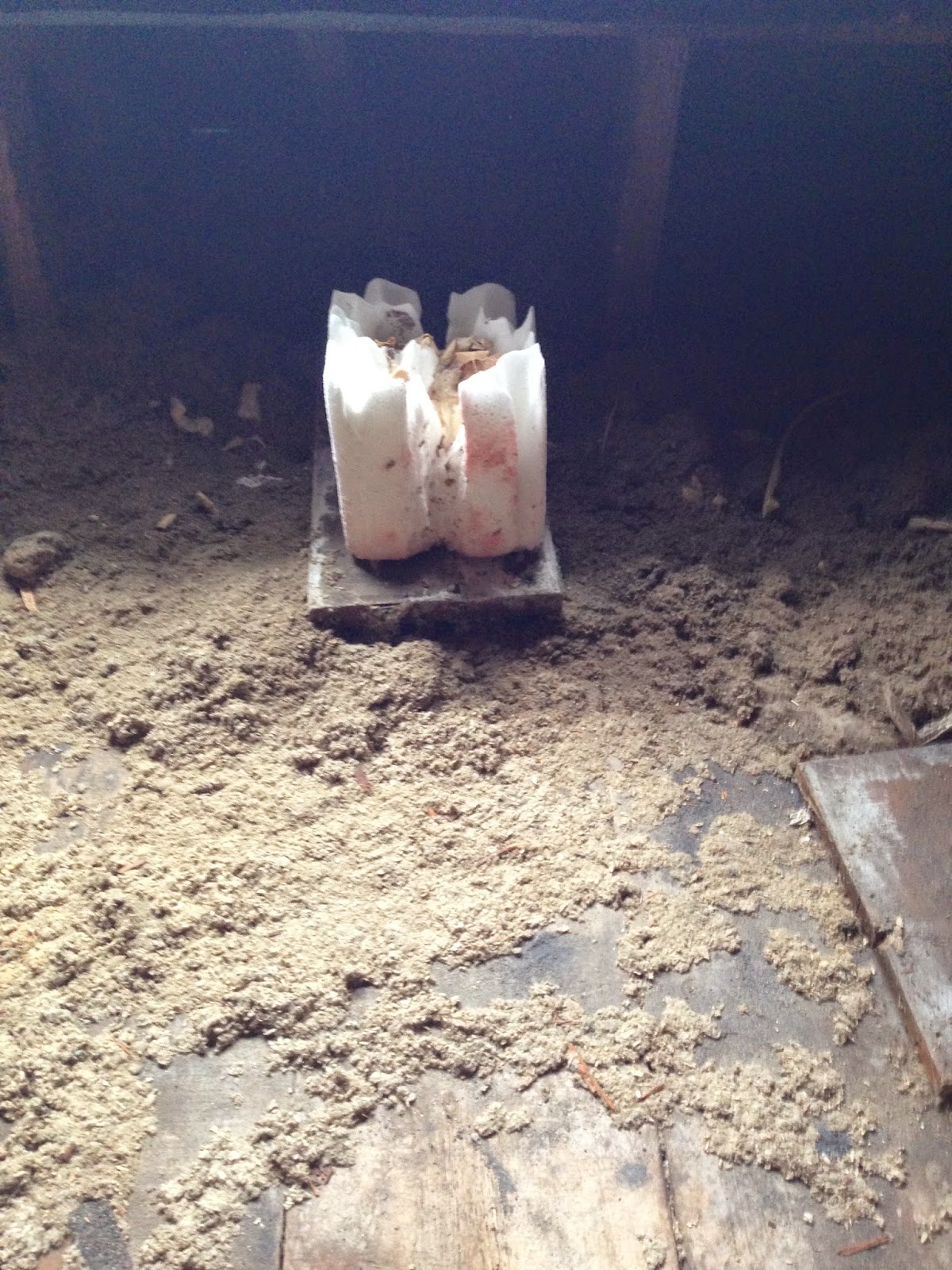My review of the exhibition "Beyond Earth Art: Contemporary Artists and the Environment" appears in
issue 124 of C Magazine.
Taking inspiration from the ground-breaking
Earth Art exhibition organized by Willoughby Sharp on the Cornell University campus in 1969, curator Andrea Inselman put together
Beyond Earth Art, an expansive new exhibition examining the manner in which yesterday’s earth art resonates with artists practicing today. Inselman selected environmentally-themed artworks by over three dozen international historical and contemporary artists for installation throughout Cornell’s Herbert F. Johnson Museum and on its grounds. While
Earth Art was more strictly conceptual or philosophical in the way that it expanded the boundaries of what could be considered art, the works in
Beyond Earth Art more pointedly refer to ecological issues. As a whole, the exhibition registered an increasing sense of urgency around environmental concerns that is correspondingly reflected in contemporary art.
The sprawling exhibition did not offer a succinct chronological outlay, but created an environment for investigation and discovery. Evoking both a sense of alarm and disgust while conjuring up the spirit of beauty, contemporary works in a wide range of media at contrasting scales, from small works to room-size installations, populated an expansive zone for the viewer to traverse, circumscribing states of desecration and preservation. Though
Beyond
Earth Art has come to an end, the dialogue that was strongly given voice at the Johnson will continue to alert, engage and inspire new audiences.
For the complete review, check out C Magazine 124, available at the finest bookstores, newsstands, and libraries near you.





.jpg)









